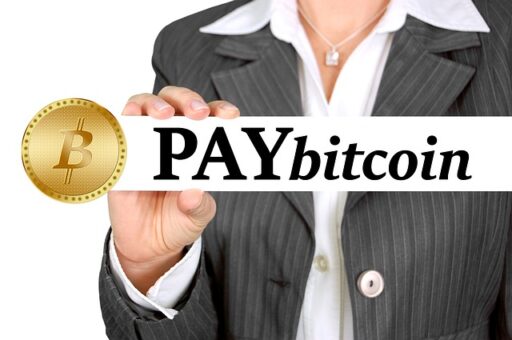 Greylisting is used by some web hosting providers to minimize the massive amounts of spam encountered on their email servers. As a client of that provider, you may or may not notice the delay that this measure imposes on the receipt of your (valid and legal) email.
Greylisting is used by some web hosting providers to minimize the massive amounts of spam encountered on their email servers. As a client of that provider, you may or may not notice the delay that this measure imposes on the receipt of your (valid and legal) email.
I know that I wonder why some email seems to take forever to reach my inbox even though I’m sampling incoming email once per minute. Greylisting’s intent is noteworthy, but in reality, it simply slows down how quickly you receive that same spam.
Here’s a question. Would you rather receive your email almost instantaneously (including spam) or wait an indeterminate amount of time to receive both?
Some background on Greylisting and a little basic information on email servers is necessary to fully understand what’s happening when providers implement this strategy.
An email server essentially receives email, determines where it should be delivered and then sends that email on its way. The destination of that email may be another server or the actual end user. If an email encounters an issue on the receiving end, the receiving email server sends a message back to the originator to try again later, or never, depending on the issue.
As an analogy, think about the post office attempting to deliver a package to your address, only you’ve moved and left no forwarding address. Off it goes back to the sender.
Greylisting is a strategy where the receiving email server always says it’s busy – to try again later. The issue with that strategy is that there are no universally set rules on how long it will take the originator to resend that email. It could be minutes, hours or longer. If and when the originator resends the email, then the receiving email server will accept that second attempt and send it on.
 Spammers have figured out Greylisting
Spammers have figured out Greylisting
The thinking with Greylisting is that if the email wasn’t delivered on the first run, then the software being used to generate the spam would consider those email addresses to be invalid, and not send the email a second time.
What happens however is that lots of spam still gets through. Why? Spammers are a crafty bunch of cybercriminals. They’ve figured out Greylisting, and simply allow for automatic resending of delayed emails. I mean, how many times have you identified spam, sent it to your junk mail blocker, only to receive the same spam the following day?
Is delaying the speed in which we receive our email really worth the effort?
The fact is, we don’t need Greylisting as it does nothing to detect spam, rather just delays its receipt. Modern methods of filtering spam are extremely sophisticated, so the better choice would be to use filters like SpamAssassin to detect and block spam in real time – instead of waiting a few minutes, an hour or possibly a day to receive valid and legal email.
Think about it – what if you’re emailing a colleague on a different floor in a high rise business complex about a project you’re collaborating on, or what about just saying Happy Birthday to your grandchildren in another state? What’s happens to email instant communication? Is Greylisting worth all that?
Brought to you by ProlimeHost
We’ve been in the web hosting industry for ten years, helping hundreds of clients succeed in what they do best and that’s running their business. We specialize in dedicated servers, with data centers in Los Angeles, Phoenix, Denver and Singapore.
The E3 1275 v5 processor is now available at great pricing, giving you the ability to add up to 64GB of DDR4 ECC RAM. Call +1 877 477 9454 or email us at Sales@ProlimeHost.com. We’re here to help.




